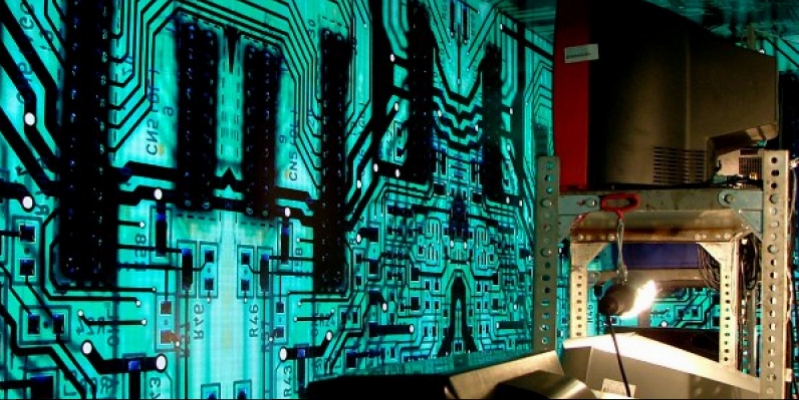RMIT (Royal Melbourne Institute of Technology) researchers have developed a new -devices carrier would be extremely stable and reliable next-generation memory devices based on.
There are two types of memory - temporary and constant. Data from the data memory remain without power supply, and so far the main ROM is flash memory. While it works well, but the technology has reached a threshold reduction is becoming more and more difficult to reduce the devices, while still preserving details.
But Australian researchers have developed a novel nanoscale device platform that will allow many more details, mimicking the human memory.
These layered structures created using 10 000 times thinner than a human hair oxide films.
"Film is replaced by the special chemistry that they occur" memristinis "effect - when the memory cell behavior depends on the pre-existing condition," explained project manager Sharath Sriram from RMIT press release.
Flash memory is rapidly approaching the fundamental limits of the reduction, the next generation need to hardwired memory architecture and new materials. "
The technology is based on the memristor - that is, electric elements, technology experts believe that will surpass the current Flash and DRAM SSD hard disk technology.
These memristor can be installed in a constant solid-state memory, and may be the result of activity of the brain mimicking computer building blocks.
This new technology is one of the most promising of such structures and can be used at room temperature.
"Our structure can be used in many electronic devices - from ultrafast memory devices, which can be reduced to a few nanometers in size to the logic of computer architecture, which echoes the biological neural network flexibility and response time," said Sriram.
"While still a need for further research, our work
encourages the search for a new generation of memory technology that can replicate the complex functions of the human nervous system - the brain and the closer to the establishment. "
The researchers described their work in the journal Advanced Functional Materials and is confident that the platform will eventually not only better data storage, but also the devices that can understand the world around.
"The discovery and use of materials is important because a stable memory effect is very small - about 60 nanomoetrų - several oxide," said Hussein Nili'is, PhD from RMIT and the main author of the article.
They can also be a combination of pressure and controlled, and this opens up new possibilities for the use of these memory elements as sensors and motors. "



